Living a Life of Harmony at Sea
Published on May 25th, 2021
The recent move of Scuttlebutt HQ was a reminder of how much waste occurs through packing and shipments, while trash from restaurant to-go meals keeps adding to the pile. Not everything that’s claims to be recyclable gets recycled, so it’s a constant effort to simplify life to avoid the excess packaging.
Boat life requires simplicity, but it has also enlightened Liz Clark to develop a profound connection to the earth and committing to a life of sustainability. As a passionate conservationist, sailor, surfer, she is the author of Swell: A Sailing Surfer’s Voyage of Awakening, a memoir which details how her thought journey.
After learning to sail at seven years old in San Diego, she was 10 when her family left California for a 5,000-mile, 6 month trip down Mexico’s Pacific coast which began her lifelong commitment to environmental stewardship.
Liz has lived aboard her sailboat for over a decade writing, photographing her experiences and working as a brand ambassador for eco-conscious organizations. She has gained worldwide recognition as an environmental activist and adventurer.
In this report by Sailors for the Sea, Liz shares her sailing experience and passion for protecting the oceans, and how Green Boaters can be catalysts for change when it comes to restoring the health of our oceans:
What was your “aha moment” that turned you into an ocean conservationist?
When I was a kid, we sailed from San Diego, California to Mexico on our family sailboat. We visited the most incredibly pristine bays and coastlines and witnessed extraordinary wildlife. When we’d sail into busy ports I remember being troubled by the amount of trash and pollution I’d see in the ocean. It was this stark contrast between beautiful ocean wilderness areas versus what I saw in coastal cities that turned me into a passionate environmentalist early on.
What is the history of your sailboat, Swell and what drove your decision to live a life of exploration at sea?
Swell is a Cal 40 built in 1966 in Orange County, California. She was originally bought by someone who lived on the Great Lakes, so that’s where she started her life afloat. Eventually she was purchased by some racers in Seattle, Washington and headed back out to the West Coast. I didn’t find out until well into my voyage that her original name was Maria. I acquired her in Santa Barbara, California in 2003 and we have since voyaged over 20,000 nautical miles together.
What is the biggest challenge living aboard a sailboat and what has been the greatest sense of accomplishment during your time at sea?
The biggest challenge living aboard a sailboat is being constantly vigilant of the weather to be sure you are anchored in a safe place. You also have to conserve water and electricity, and you must enjoy fixing the things that are constantly breaking!
What do you think is the biggest threat that our oceans face?
I think climate change is hands down the biggest threat to our oceans. Plastic pollution and overfishing are close behind.
How do you think a community of Green Boaters dedicated to protecting the ocean can be impactful?
I believe in the power of individual action to influence broader societal and policy change. If people in the boating community commit to changing their own habits and actions to better protect mother ocean, we can lighten our impact and influence the people around us and continue to learn, share ideas, and influence product development.
Boaters love to play on the ocean, so we should all participate in protecting our playground. We also have the ability to bring firsthand stories of the challenges the ocean is facing back to land with us to share with those who are less connected to the sea in their everyday lives. No matter how small, I believe every effort matters. We need all hands on deck if we are to have a living thriving ocean for future generations to enjoy.
What commitments have you made towards restoring ocean health and what would you challenge other Green Boaters to do?
I do my best to live a simple, low-impact life and be conscious of my boating habits. I always try to upcycle or repair things before making a new purchase. I make my own cleaning products with white vinegar, biodegradable soaps, and essential oils. I try to eat consciously by choosing local, in-season, and plant-based foods. To reduce my consumption of single-use plastics, I carry reusable wares with me for takeout food or drinks and use a refillable water bottle.
I try to use my purchase power to support eco and socially responsible brands and I’m also being more mindful of travel plans by enjoying local accessible places versus taking a plane. And when I do fly, I support the SeaTrees program which plants mangroves and kelp forests to offset carbon emissions from my air travel.
Additionally, I just started making “eco-bricks” with all of my soft plastic trash. We don’t have bulk store options here on the island where I live, so I end up with plastic packaging from foods and other items as well as some plastic bottles—for example, when I purchase white vinegar.
To build an eco-brick, I stuff the soft plastic wrappers into the plastic bottle until it’s packed tightly and full to the brim. Then this hard brick of plastic can be reused for insulating a house or filler when building a road, and also ensures the plastic won’t blow away and end up in the ocean. It’s awesome for life on a boat because it reduces what would have been an enormous pile of plastic trash into one small bottle.
I would challenge others to evaluate their habits and make small changes where possible for the benefit of our oceans and future generations. Don’t get overwhelmed by the things you can’t change right away. Start with what you can change and commit to learning and doing better as you go.


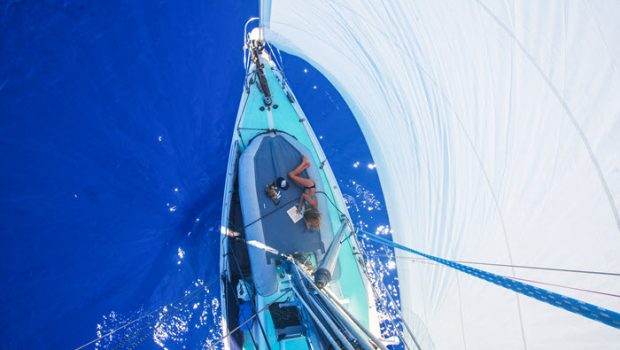

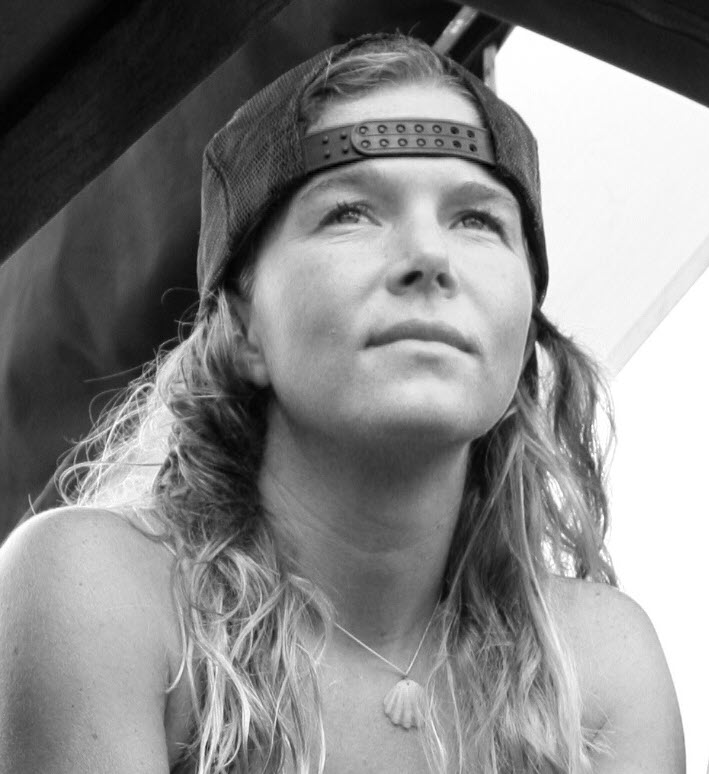


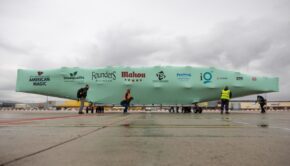
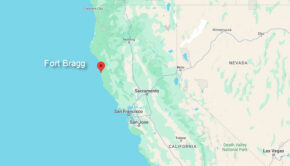
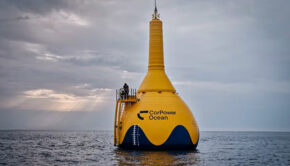
 We’ll keep your information safe.
We’ll keep your information safe.